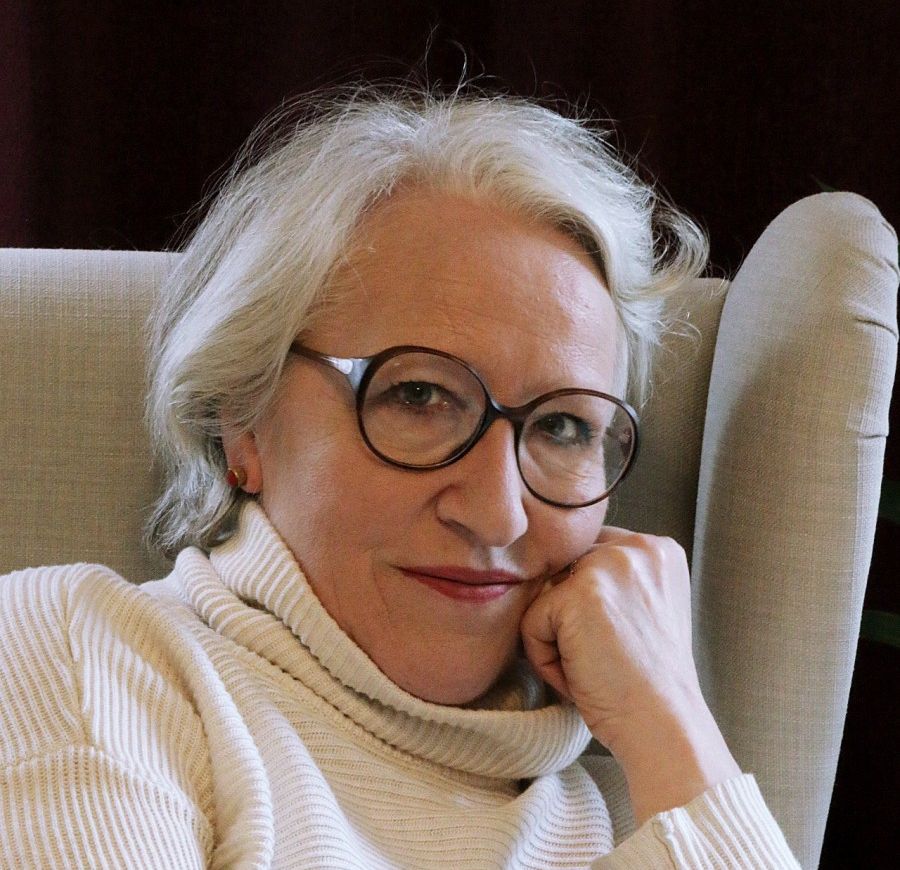Bio
Hlín Agnarsdóttir is born in Reykjavík, November 23, 1953. She is a writer of both drama and novels, translator, and a theatre director.
Hlín graduated from Menntaskólanum við Tjörnina secondary school in 1973, completed a fil.cand. in drama studies from the University of Uppsala and Stockholm in 1979, then a degree in theatre directing from Drama Studio London in 1988 and finally a M.A. degree in comparative literature at the University of Iceland in 2011. Hlín has been a representative for the Association of Directors in Iceland and the Association of drama and script writers. She was a specialist for the Nordic Culture Fund and has sat on the board of Icelandic Literature Center.
Her first drama, Láttu ekki deigan síga (Don‘t Give UP, cowriter Edda Björgvinsdóttir), premiered in 1984 in the Student theatre of the University of Iceland. Other works include the highly successful ‚toilette-dreama‘ Konur skelfa (Scary Women) straged in 1996 in the Reykjavík City Theatre. Also the televisiondrama Svannasöngur (Women Singing) (1998).
Hlín has worked as a director for all the major theatres in Iceland, such as Akureyri Theatre Company, Reykjavík Theatre Company/Reykjavík City Theatre and the National Theatre.
In 2001 Hlín published her first novel, Hátt uppi við Norðurbrún (Flying High at Norðurbrún) and has since published several novels, some authobiographical.
From the author
An Attempt at Conversation
I am an incredibly young author, in the sense that I am really just getting started. I didn’t go the traditional route like most writers who publish their debut novels in their early twenties. My first novel didn’t come out until I was 48 years old, and it was agonising. The most agonising part was writing it. Finding a title was also agonising, but eventually the story came to be called High Up on the North Ridge.
Before settling on that title, I thought The Trials of Adda Isabella was more fitting, and I still think so. But I was afraid readers would confuse me with Adda Isabella, the main character, especially because I had gone through a period of great trial and tribulation in my personal life right around the time the book came out. The artist’s soul is a sensitive one, always on guard and concerned with how others perceive it.
Trying to join an established, tight-knit community of writers was also agonising. I felt like an imposter, like I didn’t belong. I had always lived primarily in the theatre world, writing plays and directing. One of my plays, Ladies’ Room, had been a huge hit at the Reykjavík City Theatre, and I felt a great deal of pressure to replicate that success. But I certainly didn’t manage that with this first novel. I had failed to say what I wanted to say. I hadn’t reached the reader. And the book was slaughtered by critics, though not all of them. In the wake of that experience, I fell into a deep depression and took to my bed.
Writing is not least of all a search for connection with others, an attempt at conversation about the things that matter, a platform where there is time and space for authentic, uninhibited expression. It is only now that I realise the importance of all this and, at the same time, the need to have one’s own voice. Early on in my career, I often wrote to entertain people, as Þórunn Hrefna put it in her overview of my work. That focus on entertainment was most obvious in my plays; humour served as a sort of manic protection against the unbearable evils of the world, because I think the world is evil on the whole. And humour still serves me well, though my writing has evolved in a different direction since Adda Isabella was psychoanalysing people in that first novel.
Entertaining people is certainly one way to forge connections, to make people pay attention and listen and to get that recognition that artists crave above all else. It all goes back to childhood – “Look at me, look at me!” the child says through their actions, competing for attention and for acknowledgement of their existence. As a child, I got the most attention when I was funny, when I told funny stories and mimicked people. Gravity was never far away, though; it was to be found lining an entire wall of the living room in our house on Brávallagata, on teakwood shelves laden with literature, serious literature – the Icelandic sagas, Halldór Laxness, Þórberg and Einar Ben and other poets. Mamma was mainly into poetry, loved Davíð Stefánsson and Tómas Guðmundsson, recited poems with great feeling, an absolute hedonist when it came to beautiful words. When a young actor by the name of Arnar Jónsson became a frequent guest in our home, he and Mamma bonded over their shared love of poetry. Our pleasure increased tenfold as the young actor’s voice brought new life to familiar poems.
Mamma was also my first literature teacher. She was highly critical, explaining the strengths and weaknesses of all sorts of authors and texts. One Christmas, when I crawled up in bed beside her, crying after having lost myself in some poorly translated, absurdly melodramatic love story, it didn’t take her long to show me how unremarkable it was. She opened the book, chose a passage to read aloud and analyse and tore the story apart. After that, I didn’t read many more love stories like that. Instead, I read more new novels by Icelandic authors such as Svava Jakobsdóttir, the first female Icelandic writer whose work – especially her short stories – had a real impact on me.
More than once, my curiosity led me into the masculine world that rested on those teakwood shelves, where I discovered world literature like Black Boy, Tonio Kröger, War with the Newts, The Greek Myths, The Merchant of Venice. Luckily for me, my parents were members of the Mál og menning book club and also subscribed to the progressive publishing house’s literary magazine. Mamma sometimes warned me there were things I would not understand until I was older. She probably wanted to protect me from more disconcerting material, like Karel Capek’s dystopia. She could tell I was sensitive, feared I would have nightmares. But sometimes, when everyone else had gone to bed, I snuck into the living room and whiled away blissful hours alone with those books, reading by lamplight in the dark.
Regular reading, discussions about books, interviews with authors, and constant exposure to books have been at the core of my literary upbringing. I’ve always found it important to have a personal library, to be surrounded by books, to be able to reach for books – both read and unread – whenever I need them. After leaving the theatre, I turned almost exclusively to teaching creative writing and focusing on my own writing. In so doing, my connections, understanding and literary taste have grown and undergone continual and sometimes unexpected change. I will always be grateful for that.
Today, I am 69 years old and mostly read books by women. I’m extremely pleased to see how female authors have taken the literary world by storm and shaken things up. They illuminate a world that was previously concealed in darkness, writing about women’s thoughts, feelings and bodies, about a world that used to only be seen and interpreted from a male perspective.
For anyone who wants to write and create art, there is perhaps little of greater importance than the ability to be moved. And I am still particularly moved by the creative power bursting forth from the new generation of writers and artists of all genders. I feel I belong more to this generation than to the one that will soon disappear. That is why I consider myself an incredibly young author with plenty left to read and write, both in the light of day and by lamplight in the dark.
Hlín Agnarsdóttir, December 2022
Translated by Julie R. Summer
Awards
Awards
1994 - First prize in for a play about HIV, Alheimsferðir, Erna (Universal Travel, Erna)
Nominations
2003 - Nominated for the Icelandic Literature Prize, Að láta lífið rætast (To Make Life Come True)
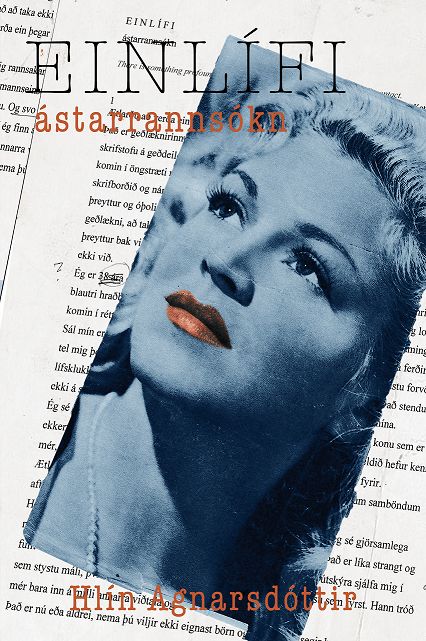
Einlífi (Single)
Read moreSamt þráðum við vin, gáfaðan vin, sem væri í djúpu sambandi við eigin tilfinningar, skemmtilegan vin og síðast en ekki síst sem byggi yfir andlegum og líkamlegum kynþokka.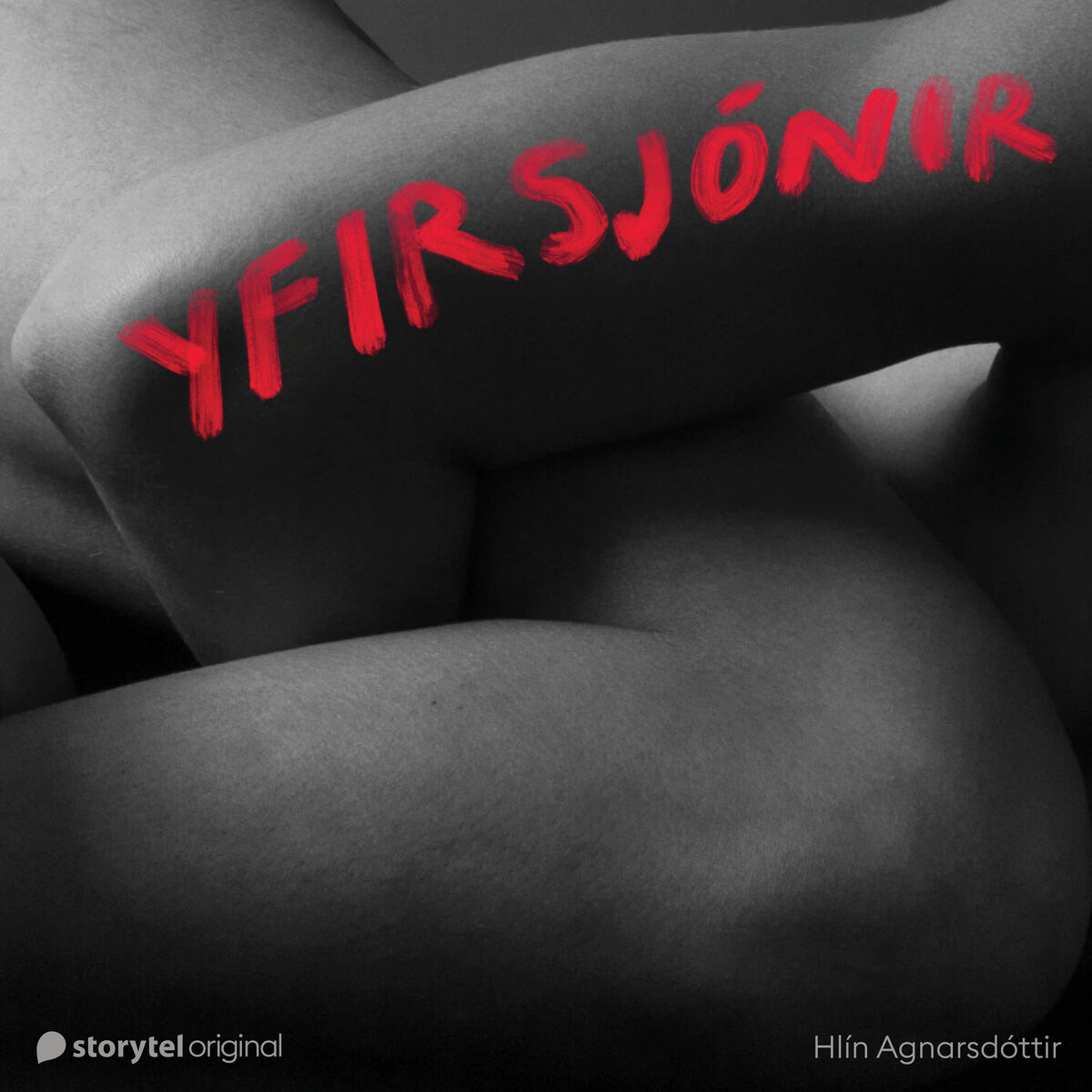
Yfirsjónir (Oversight)
Read moreYfirsjónir er „sagnasveigur um hrollvekjandi nánd“ sem einvörðungu kemur út á Storytel. Í sögunum, sem eru tengdar smásögur, er fjallað um samskipti kynjanna og í þeim öllum er einhvers konar ofbeldi í spilunum.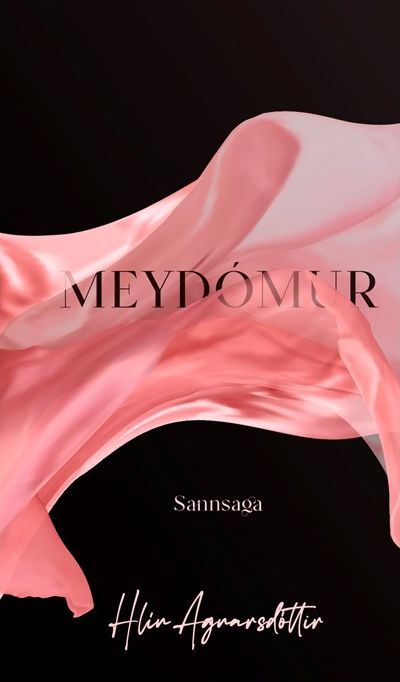
Meydómur (Virginity)
Read moreKrakkahópnum á leikvellinum finnst hún ægilega hlægileg með gleraugu, svona óskaplega lítil stelpa á ekki að vera með gleraugu. Það eru bara gamlir karlar og kerlingar sem eru með gleraugu. Hún er kerlingarbarn. Henni finnst hún því eldast langt fyrir aldur fram, ekki vera eins og hinir krakkarnir og ekki nóg með það, hún er með sjónskekkju og gleraugun hennar eru alveg ógurlega sterk.. .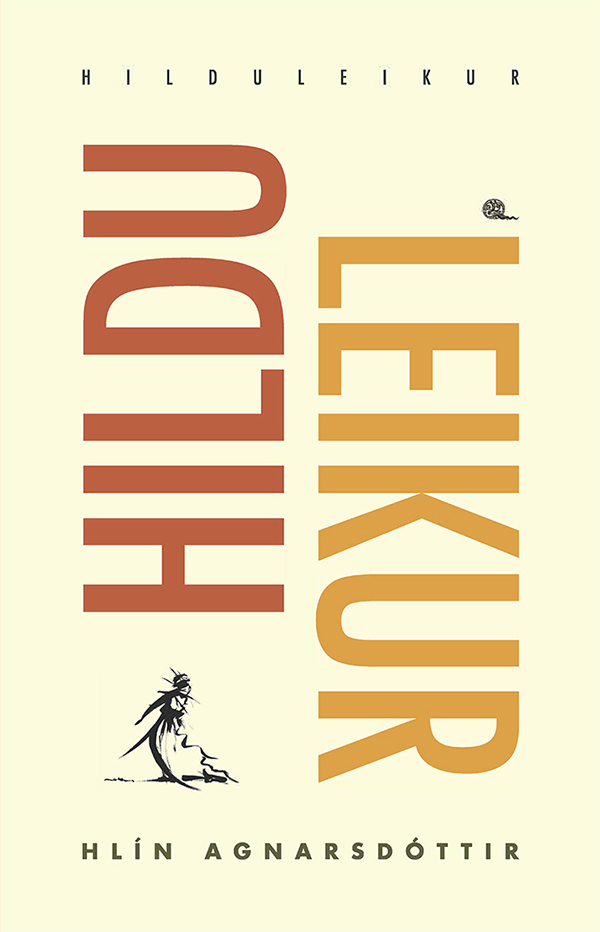
Hilduleikur (Futura Eterna)
Read moreHvaða hjarta var það sem ætlaði að finna heildarlausn á framtíðarskipan hennar mála? Gaman væri að hitta það hjarta, hvar sem það sló. Það hlyti að vera stórt hjarta. Hugsa sér til hreyfings? Framhaldslíf?
Flóttamenn (Fugitives)
Read moreLeikritið Flóttamenn var skrifað 2011 og leiklesið 2016 í Scandinavian House á Park Avenue í New York á vegumScandinavianAmericanTheaterCompany.. .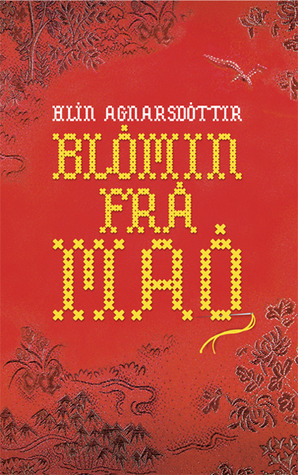
Blómin frá Maó (Flowers From Mao)
Read moreKjarnmikil íslenskan mín féll Finni má líka einkar vel í geð, sérstaklega kotroski tónninn sem ég erfði frá ömmu og öllu hennar kyni. Það sem gerði þó útslagið var norðlenski framburðurinn, sérstaklega fráblásnu káin, péin og téin í lok sagnorða í lýsingarhætti þátíðar að ógleymdum rödduðu samhljóðunum.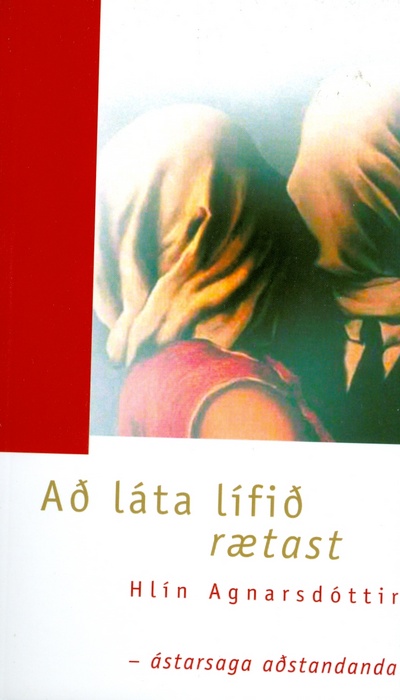
Að láta lífið rætast (To Make Life Come True)
Read moreÞetta er trúnaðarbréf Hlínar Agnarsdóttur til lesenda. Á opinskáan og einlægan hátt segir hún frá sextán ára sambúð með manni sem glímdi við alkóhólisma öll helstu manndómsárin og dó langt fyrir aldur fram úr krabbameini.. .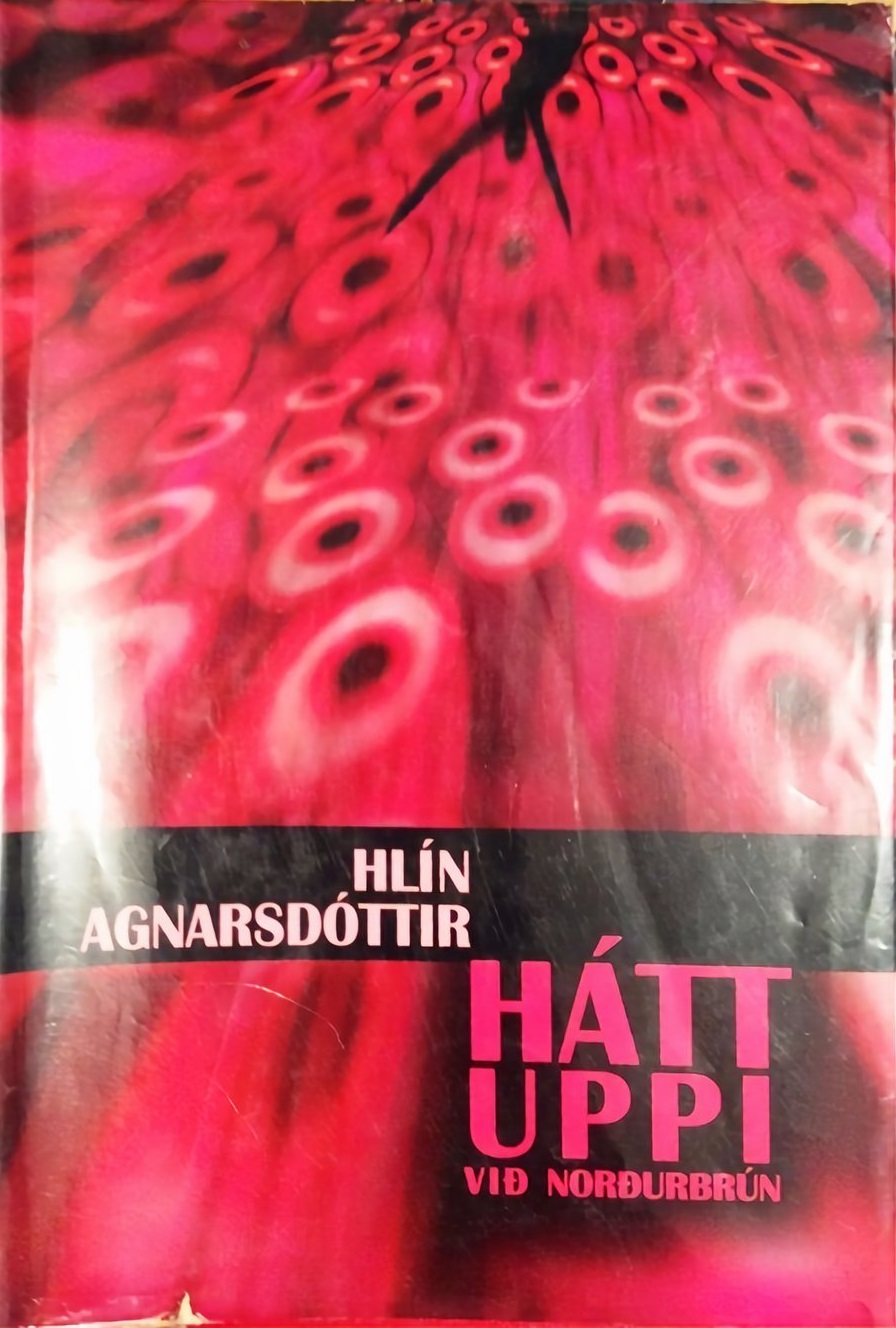
Hátt uppi við Norðurbrún (High Up)
Read moreAdda þoldi ekki þessa klökku harmþrungnu rödd konunnar sem léði talhólfinu rödd sína. Þetta var fullkomin höfnun, enginn hringdi inn á talhólfið þegar maður þurfti mest á því að halda.
Konur skelfa (Women Terrify)
Read moreLeikritið Konur skelfa var sýnt í Borgarleikhúsinu 1996-1997. Leikritið gerist inni á kvennasnyrtingu á skemmtistað í Reykjavík. . . . .
